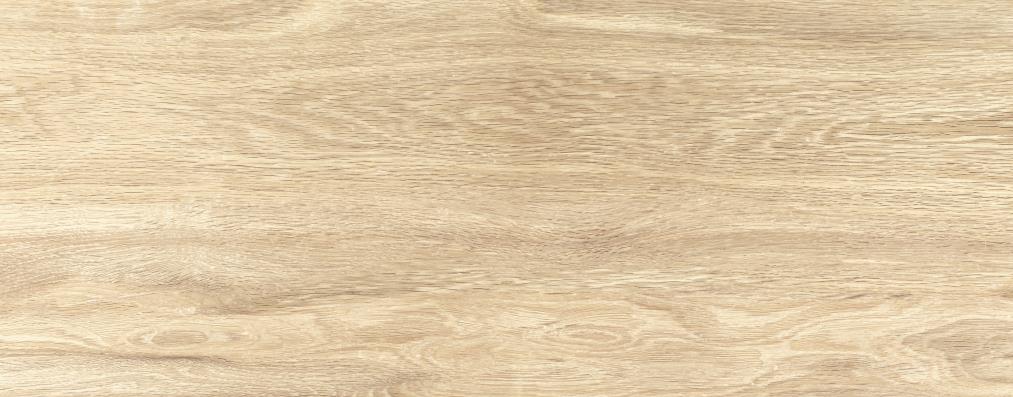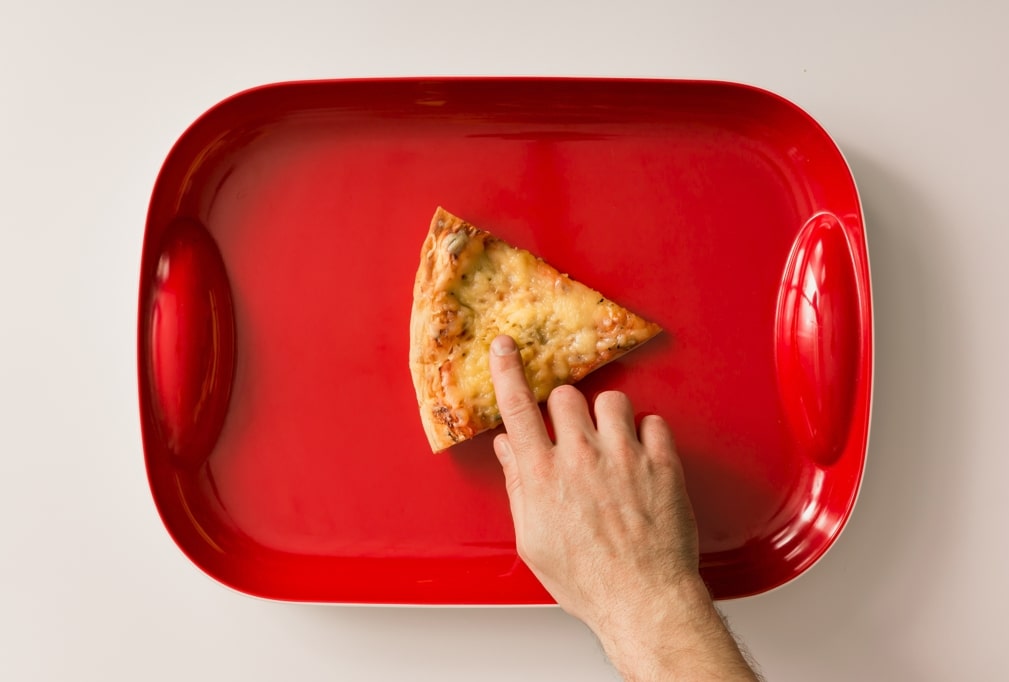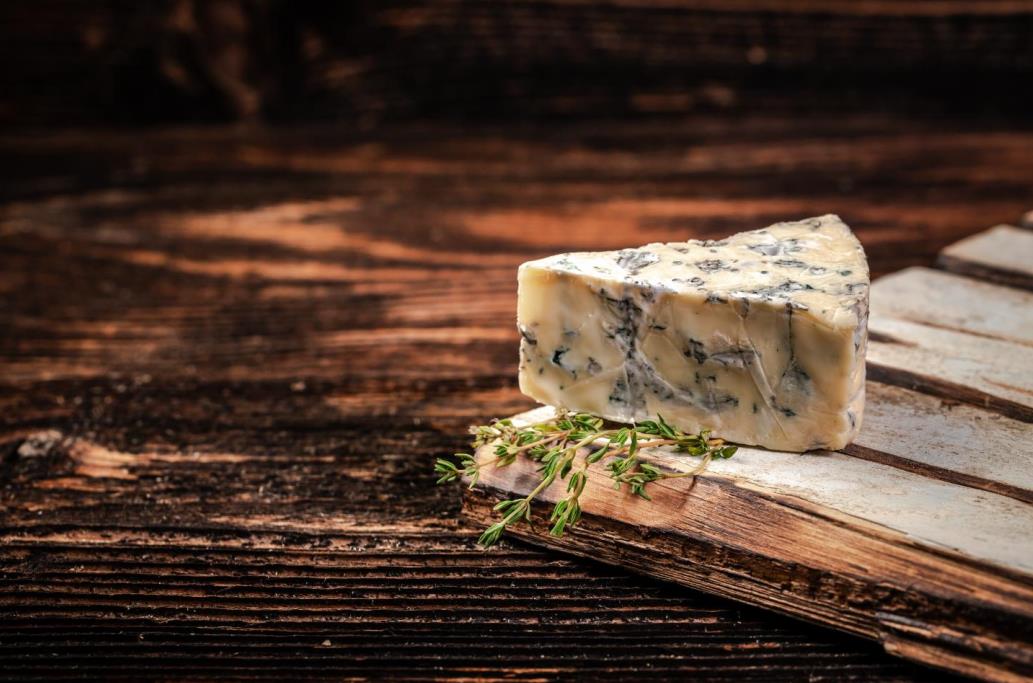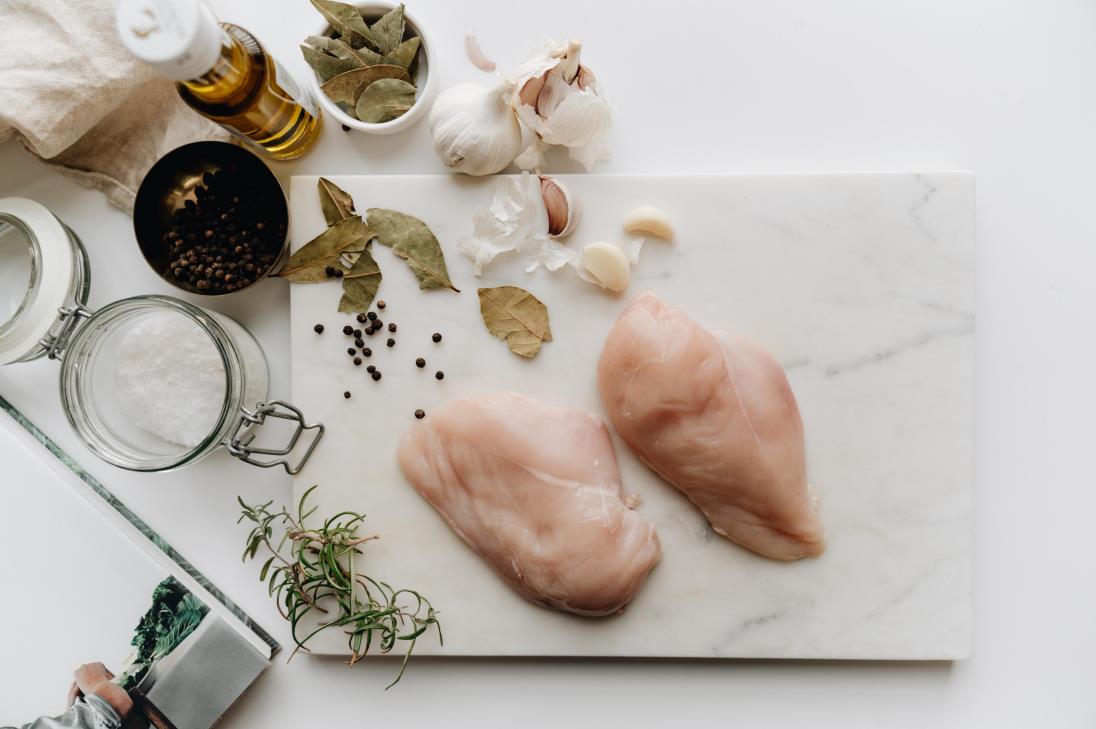Oak is an incredibly popular hardwood and a classic choice for many applications. We know it as a dependable material for outdoor furniture, flooring, cabinetry, and decorative woodworking projects. Its natural beauty and durability make it a favorite among artisans, and it has plenty of potential for kitchenware. But is it suitable as a cutting board?
Most people would agree that oak is an excellent choice for cutting boards. It’s hardwood, making it highly resistant to dents and scratches. However, the type of oak you select makes all the difference. Red oak has open pores and a soft texture, whereas white oak has smaller pores and is harder and denser. As such, white oak is usually the better choice for making cutting boards.
This article takes a more detailed look at oak cutting boards and how they fit into the wider hardwood landscape. We’ll discuss red and white oak in more detail and compare oak to other woods like maple or acacia.
Table of contents
What is oak?

Oak is a shrub or tree in the genus Quercus of the beech family, Fagaceae. It is native to North America, Europe, and Asia. Depending on the species and variety, oak trees can reach heights up to 115 feet tall. Oak is an incredibly versatile wood with many uses in the construction and furniture industries.
The unique grain pattern derived from the tree’s growth rings gives oak its classic look and strength. While it doesn’t have quite the same luster and light-reflecting properties of maple or walnut, oak’s strength makes up for its lack of sheen.
The genus Quercus has more than 500 species, but this article will only discuss white and red oak. Note that while we often classify white and red oak as independent species, most people who buy oak lumber, especially from North America, often don’t buy the exact species of oak (either red or white). Instead, they buy a type of oak often contained within the red or white oak groups.
Other oak species, such as black, chestnut, and post oak, are also common.
White oak
White oak, or Quercus alba, is a long-lived, deciduous tree native to North America and Europe. Often you’ll find it in forests, wooded hillsides, and open fields. While we often refer to it as white oak, the bark isn’t actually white but a light gray.

White oak is usually identified by its leaves, which have round lobes with no bristle tips and are typically hairy on the underside. The average height of a fully grown white oak tree is anywhere from 65 to 85 feet tall.
Characteristics of white oak
- White oak is a hard wood with a Janka hardness of 1,350 lbf.
- The wood is straight-grained and has an uneven, coarse texture.
- It has a light gray-brown color and is typically free of knots.
- White oak has incredible resistance to rot, decay, and insects.
- The wood has excellent workability, producing excellent results with hand tools and machines.
- Most people find the distinct smell of white oak wood pleasing and often describe it as having a slight citrus aroma.
Red oak
Red oak, or Quercus rubra, is native to the North Eastern USA and the South Eastern part of Canada. It is one of North America’s most abundant oak species, usually found in heavily forested areas near rivers and streams. This tree is larger than white oak and can reach heights of up to 115 feet.

The best way to identify oak is by its bark. If you closely examine the back, you’ll notice ridges that tend to have shiny stripes running down the center. Young trees and large stems tend to have a light grayish-brown color and smooth texture.
Characteristics of red oak
- Red oak is a hardwood tree with a Janka hardness rating of 1,220 lbf.
- The wood is straight-grained and coarse with an uneven texture
- It’s known for its incredible strength and resistance to decay.
- Red oak has a light reddish-brown color and often contains knots.
- The wood is easy to machine, shape, and sand into smooth surfaces.
- It lacks the rot resistance of white oak, making it vulnerable to moisture damage.
Is oak good for cutting boards?
From the above overview of white and red oak, it’s pretty clear that we have two kinds of wood that vary in crucial characteristics that determine the effectiveness and efficiency of a cutting board. Usually, the best wood for a cutting board is hard and durable yet relatively lightweight.
It shouldn’t have large pores that allow food particles to get stuck or create a breeding ground for bacteria. The wood should also be fairly non-toxic, just in case it gets scratched and small amounts of wood particles end up in the food being prepared.
Handpicked for you
True cutting power in the palm of your hand
Red and white oak
Of all the species of oak, white oak has all of the qualities that make for an ideal cutting board. Besides its beautiful light gray-brown color and pleasant smell, white oak is harder than red oak, giving it superior wear resistance.
Below are other key factors that make white oak the better choice for a cutting board:
- White is highly resistant to rot and decay. That means it can withstand the daily exposure to liquids and food particles that come with using it as a cutting board.
- White oak is relatively non-porous. Therefore, bacteria and other contaminants are less likely to penetrate the wood.
- On the other hand, red oak is softer than white oak, making it less durable and more prone to warping. It is also more porous, absorbing more liquid and food particles.
- White oak doesn’t need much maintenance. Oiling the board using food-grade mineral oil every few months is all that’s needed to keep it looking and performing its best.
- Read oak reacts with steel knives which cause discoloration and unsightly stains.
Oak wood vs. other woods

White oak is not the only type of wood suitable for use as a cutting board. Some of the most popular alternatives are maple, walnut, and acacia. Here’s how they stack up against oak when it comes to their suitability for use as a cutting board:
Oak vs. maple
The Janka hardness rating of hard marple is 1,450 lbf. That makes it harder than oak and more resistant to scratches and wear. It’s also far denser, making it less prone to bacteria penetration. However, hard maple can be more expensive than white oak, and its creamy white grain may not appeal to everyone.
Conclusively, maple is a good choice for a cutting board, but it might not be the best option depending on your budget and personal preferences.
Oak vs. walnut
The dark color of walnut appeals to many people. It has a Janka hardness rating of 1,010 lbf, making it softer than oak and more prone to scratches. The wood is semi-porous but not as porous as red oak. Therefore, bacteria may have an easier time penetrating the wood. It’s also susceptible to insects and mold.
As such, maple isn’t the best wood for cutting boards, although it can work in a pinch. If you must use it, make sure to oil the board often and replace it more frequently than other types of wood.
Oak vs. acacia
Acacia wood has a Janka hardness rating ranging from 1,500 to 2,000 lbf (pounds of force), making it one of the hardest woods for cutting boards. Its tight grain and exceptionally smooth surface make it highly resistant to bacteria and other contaminants.
Like white oak, it’s naturally resistant to rot and decay and features beautiful grains. Because of its high hardness and antibacterial properties, acacia is a far better wood for cutting boards than oak.
Bottom Line
If you were wondering whether oak is a good material for cutting boards, the answer depends on the oak species. White oak is ideal for cutting boards due to its hardness, non-porous nature, and natural rot resistance. Red oak isn’t suitable for a cutting board as it’s softer than white oak, is more porous, and isn’t rot-resistant.
Cutting board wood aside, our HDMD store has some of the best handmade knives available in the market. Check out the store, and don’t forget also to visit our blog for more helpful information.












